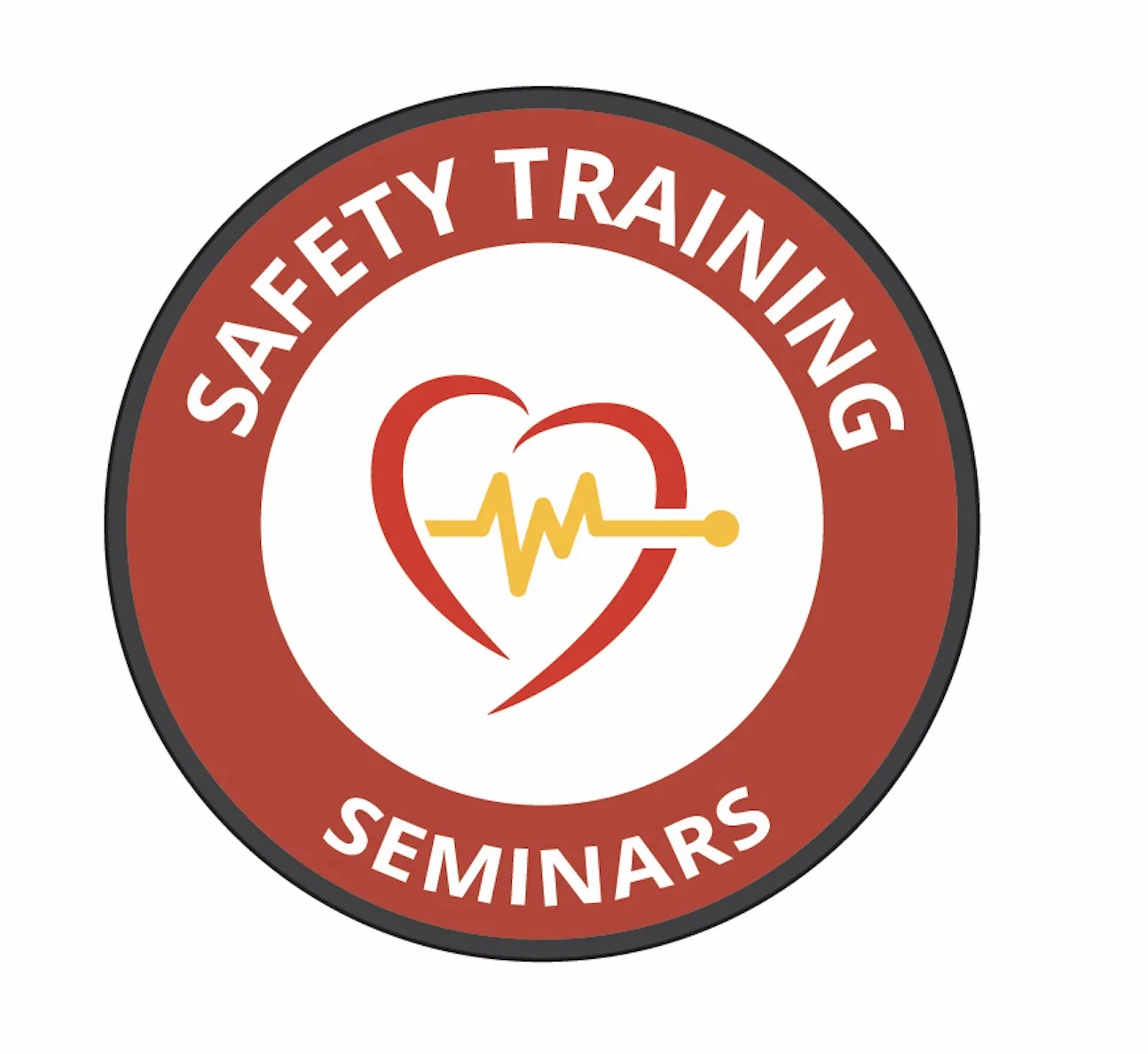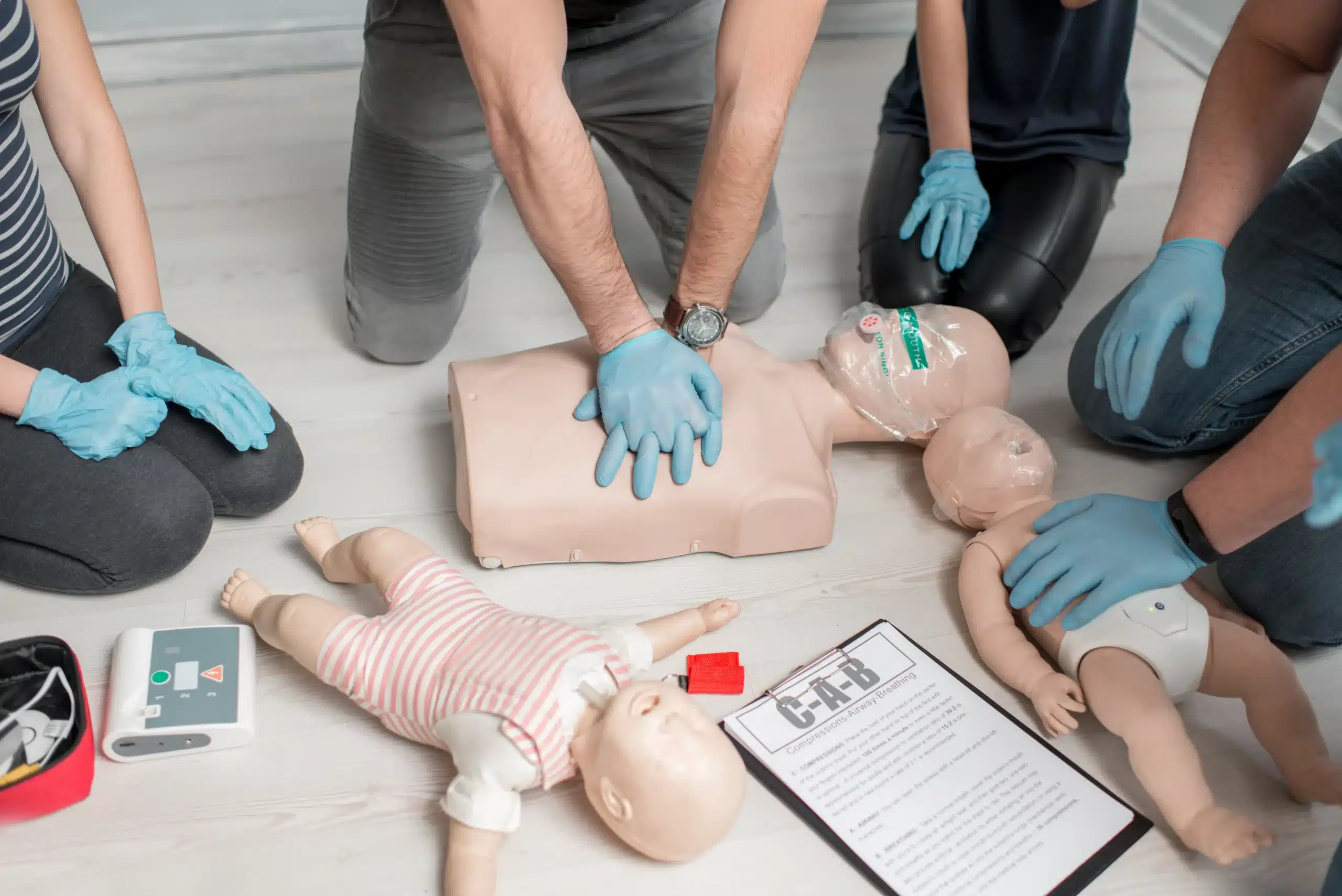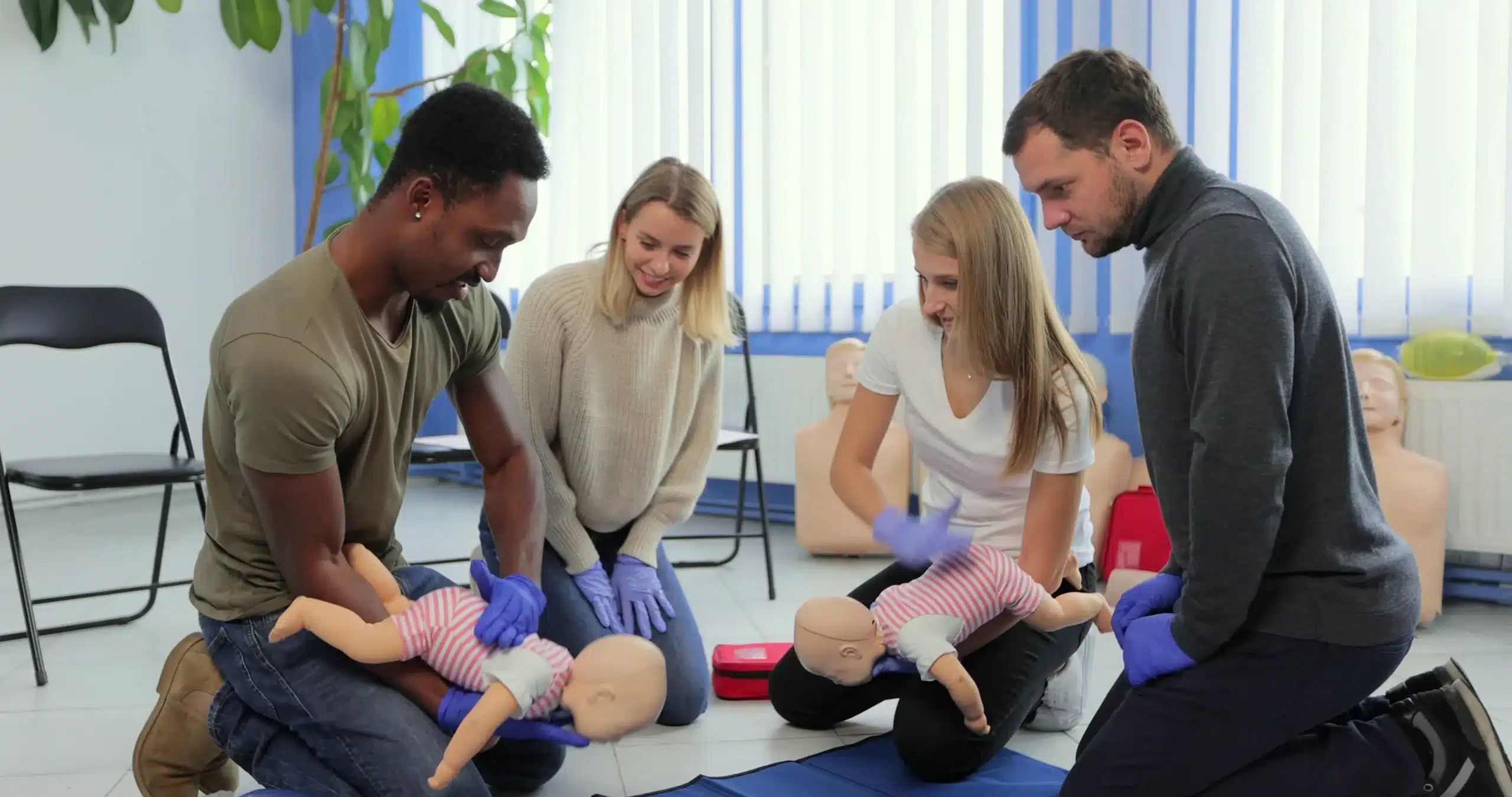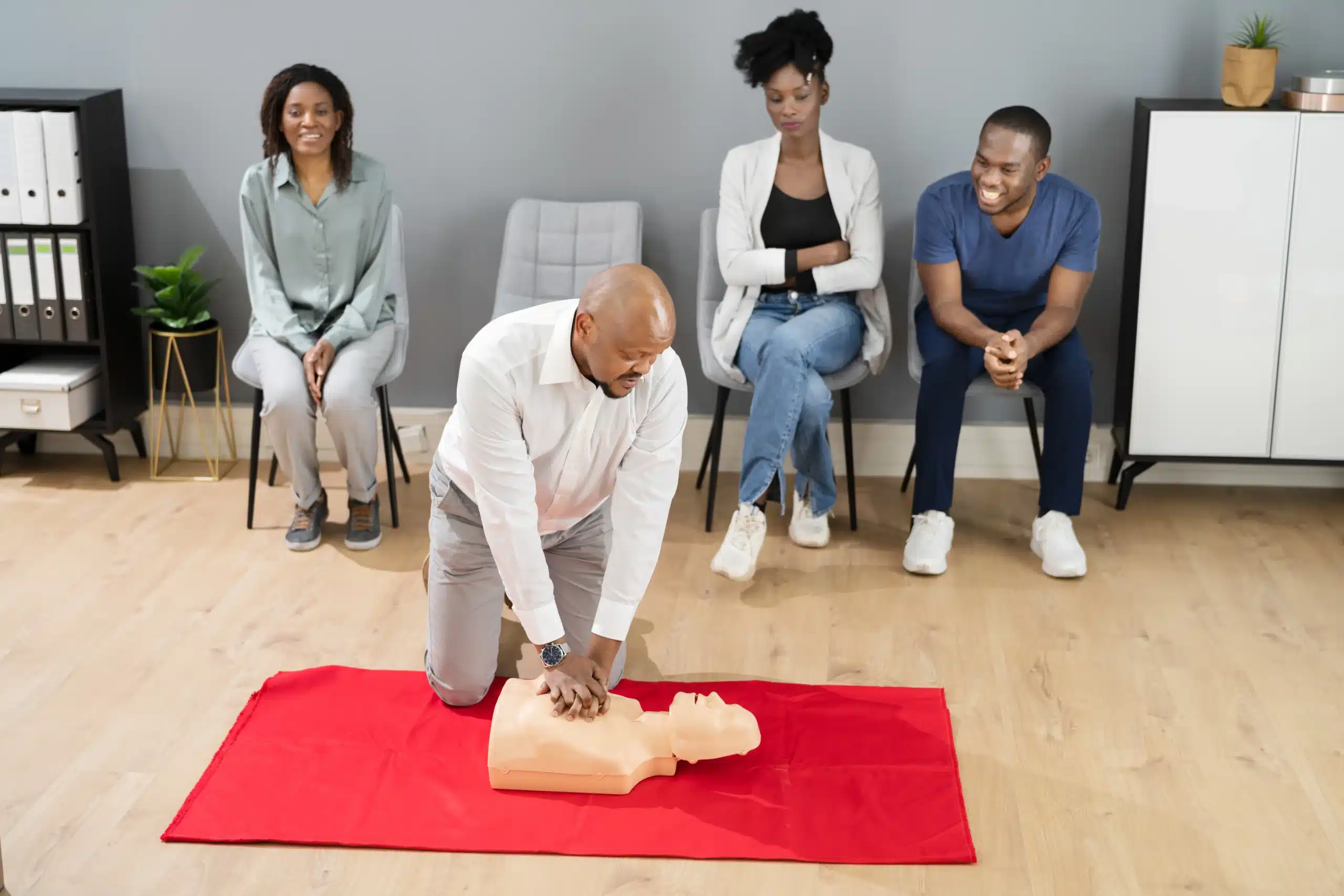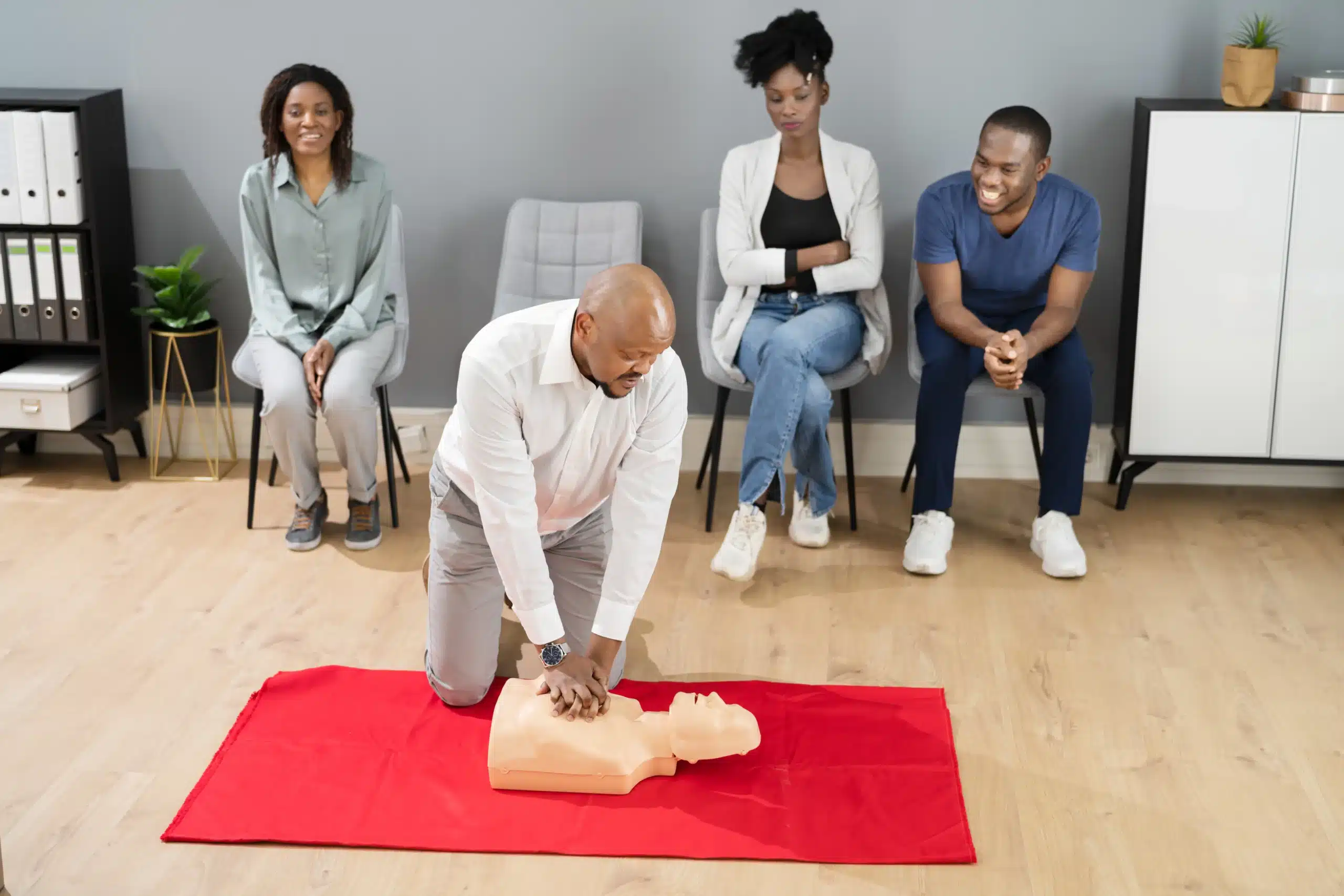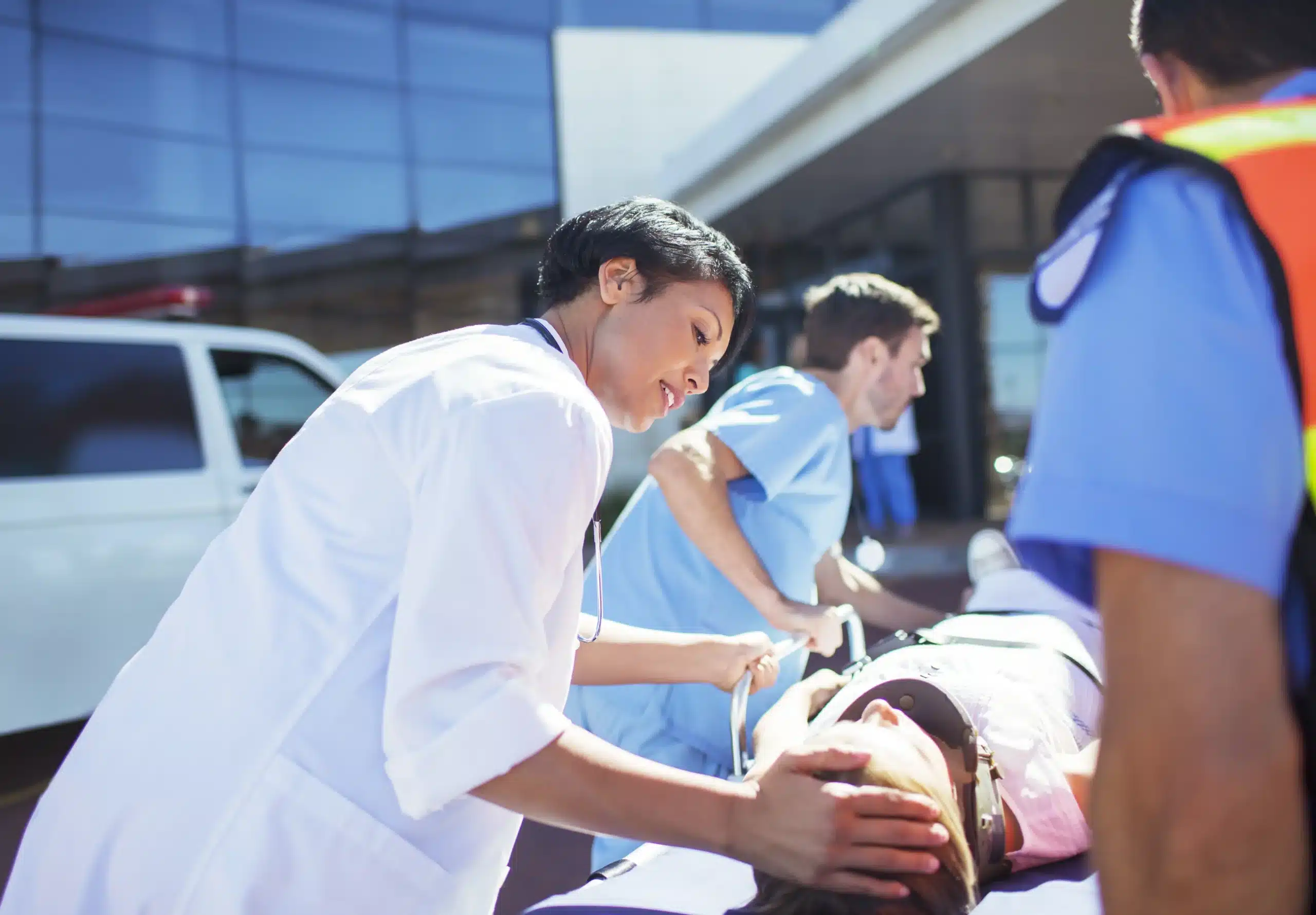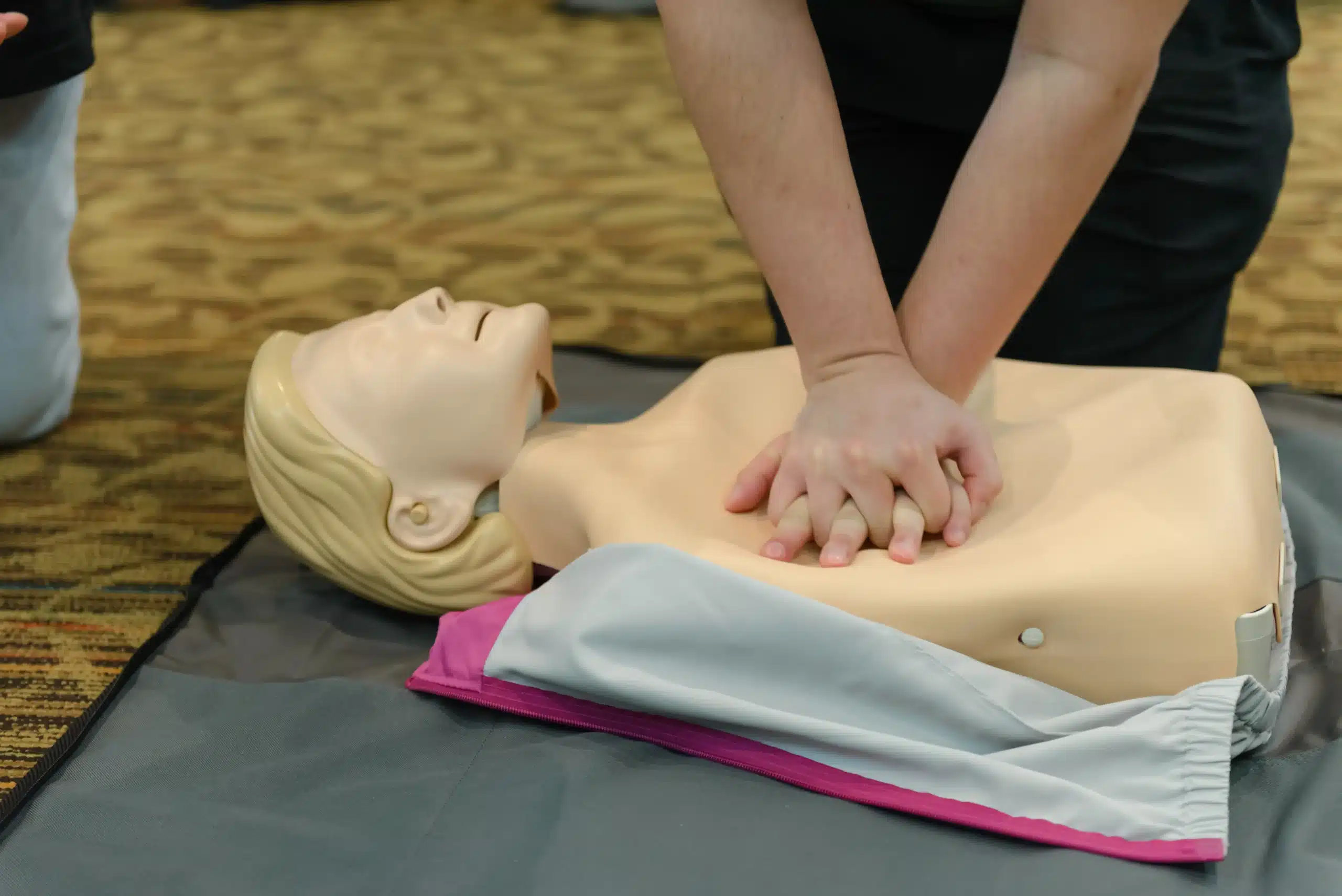Emergencies can happen anytime, anywhere. Being equipped with life-saving skills, like CPR, can make all the difference. This guide focuses on CPR training in San Francisco, offering a practical roadmap for individuals seeking certification. We’ll explore the various levels of CPR training available, from basic life support to advanced cardiac care, ensuring you find the right course to match your needs. Whether you’re a healthcare professional, a student, or a concerned citizen, CPR training in San Francisco empowers you to respond effectively in critical situations. We’ll discuss the importance of choosing certified training providers, compare online and in-person options, and provide valuable resources to help you get started.
Key Takeaways
- CPR skills empower you to save lives: From basic to advanced certifications, CPR training equips you to respond effectively to cardiac emergencies. Find a course that matches your needs and provides hands-on practice.
- Select a reputable training provider: Choose a local provider offering American Heart Association certification for nationally recognized training. Consider factors like flexible scheduling, convenient locations, and positive student reviews.
- Plan ahead for a successful training experience: Compare course content, duration, and cost. Look for promotions, group rates, and convenient scheduling options to make training accessible and manageable.
What is CPR Training in San Francisco?
CPR training in San Francisco equips individuals with the life-saving skills to respond to cardiac emergencies. These courses cover essential techniques like chest compressions and rescue breaths, empowering anyone to assist someone experiencing sudden cardiac arrest. With a variety of courses available, from basic to advanced certifications, residents can find training to match their needs. This focus on preparedness makes San Francisco a community ready to respond to emergencies.
What is CPR and Why Does it Matter?
CPR, or Cardiopulmonary Resuscitation, is a life-saving technique used when someone’s heart stops beating. It involves chest compressions and rescue breaths to circulate oxygenated blood to the brain and other vital organs. Learning CPR is crucial because it can significantly improve the chances of survival for someone experiencing cardiac arrest. By maintaining blood flow until professional medical help arrives, CPR increases the likelihood of a positive outcome. For healthcare providers, starting CPR immediately can be the difference between life and death. Learn more about the importance of CPR in healthcare.
Why Local, Certified Training is Important
Choosing a local, certified CPR training provider, like Bay Area CPR, offers several advantages. Local classes provide convenient access to high-quality instruction. Certification from a reputable organization, such as the American Heart Association, ensures the training meets nationally recognized standards. This is essential for those needing CPR certification for their jobs. Safety Training Seminars offers additional insights into the value of certified training in the San Francisco Bay Area. Certified instructors can also offer guidance on local protocols and resources, making your training even more relevant.
Common CPR Misconceptions
Several misconceptions surround CPR training. One common myth is that CPR alone can restart a heart. While CPR is crucial for maintaining blood flow, it’s often the combination of CPR and defibrillation that restores a normal heart rhythm. Another misconception involves the fear of injuring someone while performing CPR. While some risk exists, the potential for saving a life far outweighs the concern of causing minor injuries. Read about other common CPR myths to understand why learning these skills is so important. Hesitations due to the perceived complexities of CPR are also common. However, CPR techniques are designed to be straightforward and easily learned.
Find Top CPR Training Providers in San Francisco
Finding the right CPR training provider is crucial for a positive and effective learning experience. Here’s a rundown of some well-regarded options in San Francisco:
Bay Area CPR
Bay Area CPR offers a comprehensive selection of American Heart Association-certified courses. They provide training in BLS, ACLS, PALS, and even Wilderness First Aid. Known for their flexible scheduling and multiple locations across the Bay Area, they serve San Francisco, Daly City, San Mateo, and Oakland. Explore their CPR classes to find one that fits your needs.
American Red Cross
The American Red Cross is a trusted name in emergency preparedness. They offer various CPR and First Aid certification courses in San Francisco. Their established reputation makes them a solid option for many seeking CPR training.
American Heart Association
While the American Heart Association doesn’t directly provide training, they certify courses offered by other providers. In San Francisco, Safety Training Seminars offers a variety of AHA-certified courses, including BLS, ACLS, and PALS. You can find more information on their CPR training programs.
San Francisco Fire Department (SFFD)
It’s important to note that the San Francisco Fire Department (SFFD) does not directly offer CPR or First Aid training to the public. For general information on CPR and First Aid, visit the SFFD website.
HeartSafe CPR
Heart Start CPR is an AHA-approved training center in the San Francisco Bay Area. They offer instructor courses, which empower individuals to teach CPR techniques. This is an excellent path for those interested in becoming CPR instructors.
Choose CPR Courses and Understand Costs
Understanding your options for CPR training and associated costs is essential for making informed decisions. This section breaks down the various CPR courses available and typical price ranges in San Francisco.
Basic Life Support (BLS)
BLS certification is crucial for healthcare providers and those in related fields. It covers core life-saving skills for adults, children, and infants, including CPR, AED use, and relief of choking. Bay Area CPR offers American Heart Association BLS certification, equipping you with the skills to respond effectively in emergencies. This course emphasizes high-quality CPR through hands-on training and theoretical knowledge.
Advanced Cardiac Life Support (ACLS)
ACLS training builds upon BLS skills and focuses on advanced cardiovascular life support techniques. It’s designed for healthcare professionals who manage cardiopulmonary arrest or other cardiovascular emergencies. ACLS certification covers topics like airway management, pharmacology, and effective team dynamics. Bay Area CPR provides comprehensive ACLS training to meet the needs of healthcare professionals in the Bay Area.
Pediatric Advanced Life Support (PALS)
PALS certification focuses on the specialized needs of infants and children facing respiratory or cardiovascular emergencies. This course provides healthcare providers with the knowledge and skills to assess, intervene, and manage pediatric emergencies effectively. PALS training at Bay Area CPR covers pediatric assessment, resuscitation, and life support.
Heartsaver CPR/AED
Heartsaver CPR/AED courses are designed for anyone who wants to learn basic life-saving skills, including CPR and how to use an AED. These courses are suitable for community members, workplace responders, and those who want to be prepared for emergencies. They provide a solid foundation in essential life support techniques. For more information about CPR and AED training, visit the Bay Area CPR website.
Online vs. In-person Options
When choosing a CPR course, consider which learning format best suits your learning style and schedule: online, in-person, or blended learning. Online courses offer flexibility, while in-person classes provide hands-on practice and direct interaction with instructors. Bay Area CPR offers various course formats to accommodate different preferences.
Average Price Ranges and Cost Factors
CPR course costs in San Francisco typically range from $75 to $150, depending on the course type, provider, and format. Factors influencing cost include the level of certification (BLS, ACLS, PALS), the inclusion of additional training materials, and the chosen learning format (online, in-person, or blended). For specific pricing details and any available discounts, contact Bay Area CPR.
Get the Most Out of Your CPR Training
Once you’ve decided to get CPR certified, use these tips to make the most of your training experience. From finding the right class to making sure it fits your schedule and budget, a little planning goes a long way.
Find Promotions and Group Rates
CPR training doesn’t have to be expensive. Many providers offer discounts, so keep an eye out for special promotions. For example, you can sometimes find a $15 discount on American Heart Association BLS CPR courses. If you’re training with a group, like coworkers or a community organization, ask about group rates. Bundling registrations can often lead to significant savings.
Prioritize Scheduling and Convenience
Think about your schedule and how CPR training fits in. Look for providers with flexible options. Bay Area CPR, for example, is known for offering various American Heart Association-certified courses—including BLS, ACLS, PALS, and Wilderness First Aid—at numerous locations throughout the Bay Area, serving San Francisco, Daly City, San Mateo, and Oakland. Choosing a convenient location and time makes it much easier to commit to and complete your training.
Assess Your Needs and Goals
Before you sign up for a course, consider your specific needs. Are you a healthcare provider who needs CPR certification for your job? Or are you a parent wanting to learn basic life support for peace of mind? Understanding your goals will help you choose the right course. This guide can help you find CPR classes in San Francisco.
Compare Course Content and Duration
Not all CPR courses are the same. Some cover basic life support skills, while others cover more advanced techniques. Safety Training Seminars offers a variety of American Heart Association-certified courses in San Francisco, from basic CPR to more advanced techniques like BLS, ACLS, and PALS. Compare course content and duration to find the best fit for your needs and learning style. Also, consider the format—online, in-person, or blended learning—to find what works best for you.
Choose the Right CPR Training
Finding the right CPR training is more than a quick Google search. It’s about finding a course that fits your needs, learning style, and schedule. This section breaks down key factors to consider when making your decision.
Key Factors to Consider
San Francisco offers a wealth of CPR training options. Take time to explore different providers and compare costs. Consider whether an online or in-person class works best, and check class schedules to find one that fits your availability. Flexibility is key to finding a course you can commit to. Bay Area CPR offers a range of courses and schedules to accommodate busy lifestyles.
Read Reviews and Testimonials
Before committing to a CPR class, see what other students have to say. Reviews offer valuable insights into the quality of instruction, the learning environment, and the overall experience. Positive feedback can give you confidence in your choice.
Check Certification Validity
Ensure the CPR certification you receive is valid and recognized. Look for courses certified by reputable organizations like the American Heart Association. This ensures your training meets industry standards and is accepted by employers and organizations requiring CPR certification.
Look for Hands-on Practice
CPR is a hands-on skill. Effective training involves more than just textbook learning. Look for courses that emphasize practical, hands-on practice. This allows you to develop the muscle memory and confidence needed to perform CPR effectively in a real-life emergency. Bay Area CPR offers group classes that provide a comfortable environment for hands-on learning.
Find Post-Training Support
Consider what kind of support is available after the training. Some providers offer refresher courses, online resources, or ongoing support to help you maintain your skills. This can be especially helpful for staying up-to-date on the latest CPR guidelines and techniques. Look for providers that offer convenient scheduling and support options.
Frequently Asked Questions
What’s the difference between BLS and CPR?
CPR (Cardiopulmonary Resuscitation) is the core life-saving technique within BLS (Basic Life Support). BLS encompasses a broader range of skills, including CPR, using an AED (Automated External Defibrillator), and relieving choking. Think of CPR as one vital tool within the BLS toolkit.
How do I choose the right CPR class in San Francisco?
Finding the right class depends on your specific needs. Consider factors like your location, schedule, budget, and whether you need certification for a job or personal knowledge. Look at what different training providers offer and compare their course content, schedules, and costs. Reading reviews from past students can also give you a better sense of what to expect.
Is online CPR training as effective as in-person training?
Online CPR training offers flexibility and convenience, making it a great option for those with busy schedules. However, in-person classes provide hands-on practice and direct feedback from instructors, which can be invaluable for building confidence and mastering the techniques. Consider your learning style and preferences when deciding which format is best for you.
How much does CPR training cost in San Francisco?
The cost of CPR training varies depending on the type of course, the training provider, and the format (online or in-person). Basic CPR and Heartsaver courses are typically less expensive than more advanced certifications like BLS, ACLS, or PALS. Look for providers who offer discounts or group rates to make training more affordable.
How often do I need to renew my CPR certification?
CPR certifications typically expire after two years. Renewing your certification ensures your skills and knowledge are up-to-date with the latest guidelines. Many training providers offer refresher courses to help you maintain your certification.
